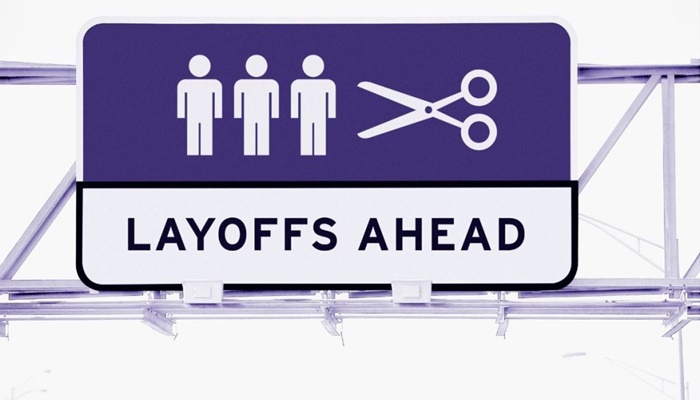Corporate leaders often talk about culture as if it were written in stone—etched into mission statements, reinforced in glossy handbooks, and proclaimed in annual town halls. In truth, culture is more fragile and more intimate. It forms in the smallest, barely noticed moments: a pause that allows someone to finish a thought, a nod that signals acknowledgment, or an interruption that silences a promising idea. These fleeting cues decide whether people walk out of a meeting feeling valued or diminished.
Ravi Kumar, CHRO, Puravankara, calls them “small cues” that define interactions. “It could be a pause, it could be a word somewhere,” he explains. Yet, not everyone is skilled at decoding them. Emotional intelligence is unevenly spread; many professionals focus on the task, ignoring the undercurrents of feeling that shape how people respond.
When interruptions mean more than words
Interruptions illustrate the dilemma. In many Western workplaces, to interrupt is to undermine. In India, Kumar observes, it can signal passion: “When we are emotional, we tend to cut off somebody and start talking because we are keen on putting our point forward.” The problem is not the act itself but its intent and timing. An interruption that sparks fresh energy may lift a discussion; one that derails someone’s train of thought can crush it.
“It could be a pause, it could be a word somewhere. Yet, not everyone is skilled at decoding them. Emotional intelligence is unevenly spread; many professionals focus on the task, ignoring the undercurrents of feeling that shape how people respond.”
Ravi Kumar, CHRO, Puravankara
This is where the chairperson’s role becomes decisive. The quietest employees often carry the sharpest insights, but they must be coaxed in. A simple intervention—”Let’s hear from her first”—creates space for inclusion. Kumar argues that such nudges are best delivered in the moment rather than later, before a discussion is lost to dominance. Hybrid meetings may even make this easier: features like muting or digital hand-raising allow moderators to restore balance.
The louder, the better? A cultural detour
If Kumar is focused on the present, Emmanuel David, a veteran HR leader, places today’s problems in a longer arc. For decades, workplaces were built on hierarchy: capital sat at the top, authority decided, listening was optional. Liberalisation and the information age began to flatten that pyramid. Knowledge now resides across the organisation, and decisions often rely on the insights of those closest to the customer or the problem.
“For decades, workplaces were built on hierarchy: capital sat at the top, authority decided, listening was optional. Liberalisation and the information age began to flatten that pyramid. Knowledge now resides across the organisation, and decisions often rely on the insights of those closest to the customer or the problem.”
Emmanuel David, Senior HR Leader
But even as work changed, listening habits lagged behind. David recalls the 1970s and 1980s, when group discussions became the rage in recruitment. What was rewarded was not depth but decibels: “How loudly you could speak, how sarcastic you could be, how well you could put someone else down.” Television debates only hardened the pattern. Noise came to be mistaken for influence; dominance for credibility. The skill of listening—pausing, absorbing, and letting another finish—became undervalued.
The costs of this neglect showed up later in engagement surveys and exit interviews. Employees described being dismissed or unheard, often citing subtle behaviours in meetings that compounded into deeper frustrations. In one firm David advised, post-resignation interviews—conducted six months after employees had left—uncovered toxicity and corruption that standard processes had missed. Listening, it turned out, was not a soft skill but a diagnostic tool.
Turning conflict into civility
David also points to examples where structure made listening possible. In the 1980s, tense union negotiations were spiralling into shouting matches. The fix was deceptively simple: both sides agreed to rules—no yelling, no personal abuse, no interruptions—with token fines of one rupee for breaches. The small penalty created accountability, and over time the culture of civility filtered into management meetings too.
Elsewhere, leadership finesse achieved the same effect. David recalls a CXO interrupted by a deputy during a meeting. Instead of reacting defensively, the leader replied: “That’s fantastic, I never thought of it. Thanks so much. We will come to that later.” The disagreement was neither ignored nor allowed to derail the agenda. Respect was preserved, and the discussion moved forward.
Such moments reveal that listening is not passive. It requires active norms, subtle choreography and, above all, grace.
The real power lies in the margins
Technology, with its hand-raising and chat features, offers tools to distribute airtime. Yet even in virtual rooms, the responsibility lies with managers to notice who has spoken, who has been cut off, and who is still waiting. Micro-moments accumulate: each nod of acknowledgment, each redirection of airtime, each respectful deferral. Together, they form the lived culture of an organisation.
The lesson is straightforward but often ignored. Culture is not enshrined in policies; it is enacted in practice. It is not the rousing speeches but the pauses between words that tell employees whether they belong. As Kumar puts it, inclusivity is not created by strategy documents but by the simple act of saying, “Let us hear that person first.”
The future of work will belong not to the loudest voices, but to those organisations able to draw wisdom from the quietest ones. In those fleeting, everyday moments—the nods, the pauses, the small courtesies—lies the real architecture of trust.
Source – https://www.hrkatha.com/features/the-quiet-signals-that-shape-workplace-culture/




















